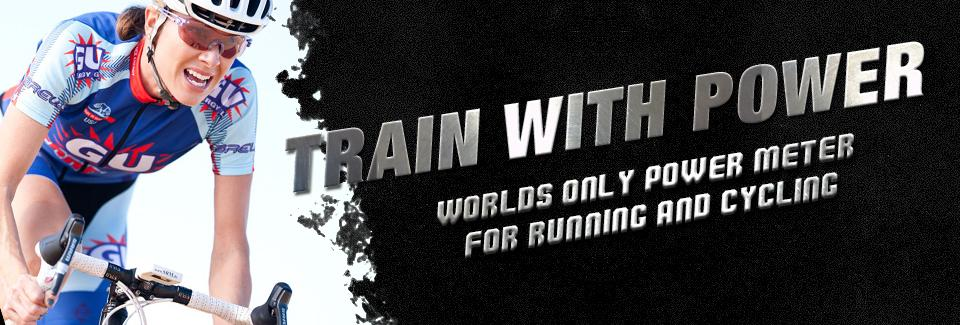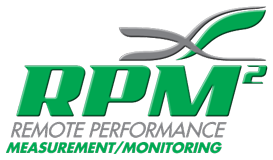Did you know that the RPM² system has been featured in a new book? Renowned endurance coach, Jim Vance recently published Run with Power: The Complete Guide to Power Meters for Running. Published by VeloPress, the leading publisher of materials geared toward the endurance athlete community, Run with Power has been lauded by elite coaches, trainers, and top-notch athletes for its comprehensive look at the world of power meters.
If the name Jim Vance sounds familiar to you, it might be because our team has previously sponsored seminars with Coach Vance. RPM² sponsored Coach Vance’s talk at the 2015 Ironman in Kona. Our team provided a wealth of data to Jim Vance so that he could discuss our product’s unique benefits accurately to his readers. We were thrilled to work with Jim and could not be more excited for the release of Run with Power.
Following is an adapted excerpt from his book with permission from VeloPress.
To learn more about Jim Vance’s book, visit www.runwithpower.net. It is available for order online at VeloPress and Amazon.com. You can also buy the book from Barnes and Noble.
How to Find Your Running Functional Threshold Power (rFTPw)
By: Jim Vance
“If you are now using a power meter for running, like the new Stryd or RPM2 products, you likely are wondering how you can utilize the tool to maximize the benefit of the technology in your training and racing. Power meters for running are a very new technology, and there is still a lot to learn ahead. However, to begin using it effectively to learn about your training and training response, you should begin as you would if you were using a cycling power meter.
First, simply train normally and observe the data as you train. Watch and see how the numbers fluctuate or correlate with different intensities, different inclines or declines, and more. Don’t try to control your training based on the power numbers now, as you don’t have a baseline for what they truly mean yet. At first, collect the data from your normal training and see how the numbers are trending.
When you feel you are ready, you can then test for your running functional threshold power, which I abbreviate rFTPw.
If you’re a triathlete who uses power on the bike, this number will not likely be the same as on the bike for you. In fact, your running FTP is likely to be larger than your cycling FTP. If you’re a runner, you may already use threshold pace in TrainingPeaks, or what I call rFTPa. I use these terms so not to confuse them with cycling, and especially not to confuse both pace and power when comparing or discussing FTP.
The Running Functional Threshold Power Test
So how can you find your rFTPw? There are a number of ways you can estimate your rFTPw, but I will share one of the field tests you can do. One of the power meter companies, Stryd, came up with a test that I like, and I modified slightly. It is much easier than an all-out 1 hour effort, or even 20-30 min effort. It simply is a 3 min all-out effort, and a 9 min all-out effort, separated by 30 mins. This test should be performed outside, on a flat surface, not on a treadmill.
Here’s the protocol:
- Warm up for 15 minutes, preparing for a hard effort.
- Run a 3-minute interval at maximal effort.
- Recover for 30 minutes with a 5-minute walk, 10-minute easy jog, 5-minute walk, 5-minute easy jog, and 5-minute walk.
- Run a 9-minute interval at maximal effort.
- Cool down 10-15 minutes with easy running.
After you have complete this test, take the average power for the 3 mins and the 9 mins, and average the two values. For example, if you did 350 watts for the 3 mins, and 300 watts for the 9 mins, you would get a 325 watt average of the two.
After this, take 90% of that averaged value. This number is your estimated rFTPw and it should be within +/-3% of your actual value if your interval pacing was good.
For information on how to correctly set your rFTPw into TrainingPeaks, see my post on the TrainingPeaks blog here. The post there is basically the same as this one, but includes the information specific to using rFTPw with TrainingPeaks.
If you have set your cycling power zones on TrainingPeaks, you will probably want to set your running power zones using the rFTPw you’ve just found.
Don’t do it.
The TrainingPeaks zones, while excellent for cycling, do not (yet) apply with run power meters. Trust me, I have researched it, and I will be coming out with my running power zones in another post soon, that work effectively for you.
In the meantime, just gather some baseline data by running with your running power meter. If you use TrainingPeaks, simply observe how your VI, IF and TSS values calculate based on easy efforts, hard efforts and everything in between.
We’ll get to Running Power Zones soon.”
We’d love to hear from you! Be sure to follow us on Facebook, Twitter, and Instagram. You can also subscribe to our YouTube channel, which features testimonials and tutorials to help you get the most of out of products.








